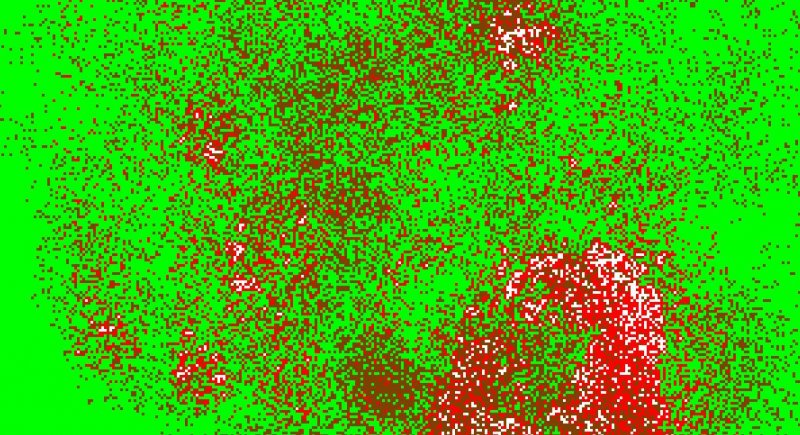Poem Field No. 2: Life Like
[video src=http://www.youtube.com/watch?v=BMaWOp3_G4A]Video Flag Y
“Video Flag is an important example of Paik’s more recent work composed of a series of sculptural television constructions or walls of TVs.
Beatles Electroniques
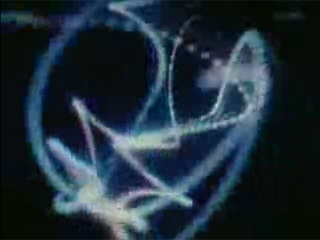
 [1]
[1]
The Weather Project
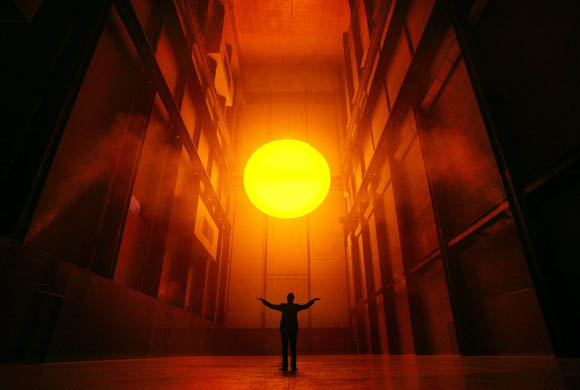
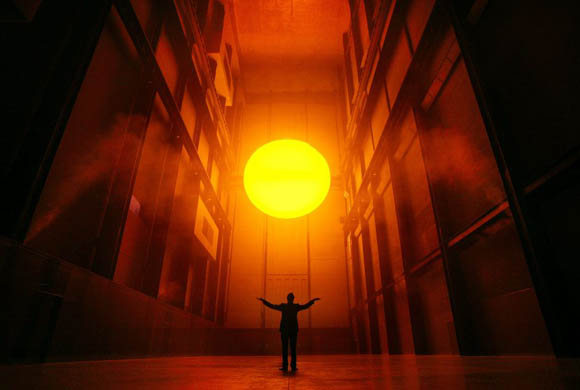 [1]
[1]
Untitled (light show)
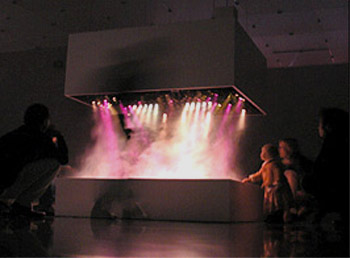
 [1]
[1]
The Distance Between What We Have and What We Want

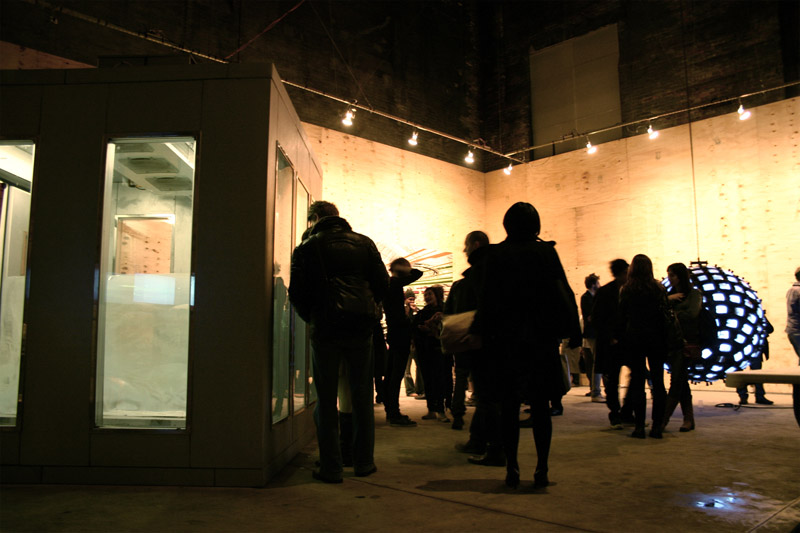 [1]
[1]
Love, Hate & The Machine (Review of Machine exhibition at MOMA, 1968)

Soundings
 [1]
[1]
Google Will Eat Itself
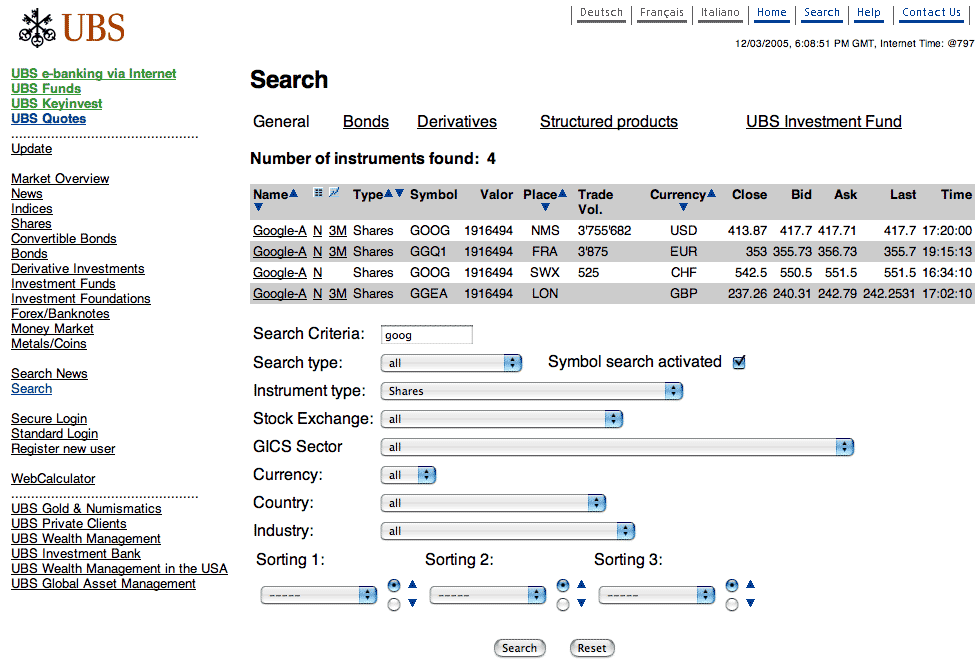

Metaplay
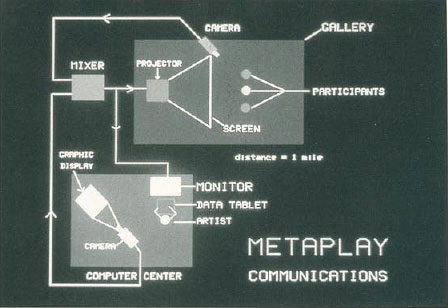
Mirror

The Scene (Demoscene)
Ornitorrinco Project

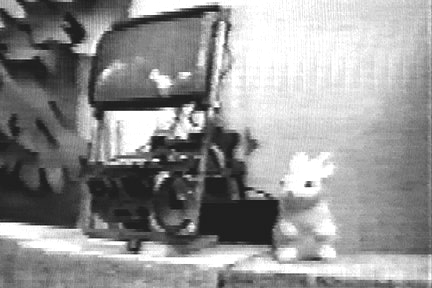
Rara Avis

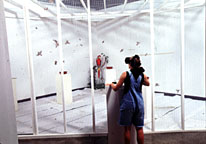
MEART – SymbioticA’s Fish & Chips

Traffic Sign
Distribution of elementary signs
"The procedure has a layered structure and three independent pictures are generated within the format. […]The three pictures combined here use small squares and two kinds of triangular shapes as their elementary signs. They are of different colours. Within their fields, the squares follow an exponential distribution (it shows in the concentration of square heaps). […]
Epizoo

[video src=https://vimeo.com/19785177]In Epizoo (1995), Marcel.Lí Antúnez Roca explores complex layers of control and authority with respect to the cyborgian body and electronic systems. The audience controls the artist's body by means of a mechatronic exoskeleton worn by the performer. The viewers could manipulate Roca’s nose, mouth, ears, glutea and pectoral muscles, causing bizarre contortions. Like the unwitting subjects of the 1974 Milgram experiment, the audience of Epizoo was confronting with taking responsibility for its actions and for the effects they caused on the performer, who was at their mercy.
Computer Composition With Lines

“Computer Composition With Lines” 1964 This work closely mimics the painting “Composition With Lines” by Piet Mondrian.
Wavefunction

TV-Buddha

TV Buddha (1974) Closed Circuit video installation with bronze sculpture. [1]
Vectorial Elevation: Relational Architecture 4

 Rafael Lozano-Hemmer’s>Rafael Lozano-Hemmer’s Vectorial Elevation is “an interactive art project originally designed to celebrate the arrival of the year 2000 in Mexico City’s Zócalo Square. The website www.alzado.net enabled any Internet user to design light sculptures over the city’s historic centre, with eighteen searchlights positioned around the square. These searchlights, whose powerful beams could be seen within a 15 kilometers radius, were controlled by an online 3D simulation program and visualised by digital cameras. A personalised webpage was produced for every participant with images of their design and information such as their name, dedication, place of access and comments. These web pages were completely uncensored, allowing participants to leave a wide variety of messages, including love poems, football scores, Zapatista slogans and twenty-seven marriage proposals. In Mexico, the project attracted 800,000 participants from 89 countries over the course of its two-week duration.”[1]
Rafael Lozano-Hemmer’s>Rafael Lozano-Hemmer’s Vectorial Elevation is “an interactive art project originally designed to celebrate the arrival of the year 2000 in Mexico City’s Zócalo Square. The website www.alzado.net enabled any Internet user to design light sculptures over the city’s historic centre, with eighteen searchlights positioned around the square. These searchlights, whose powerful beams could be seen within a 15 kilometers radius, were controlled by an online 3D simulation program and visualised by digital cameras. A personalised webpage was produced for every participant with images of their design and information such as their name, dedication, place of access and comments. These web pages were completely uncensored, allowing participants to leave a wide variety of messages, including love poems, football scores, Zapatista slogans and twenty-seven marriage proposals. In Mexico, the project attracted 800,000 participants from 89 countries over the course of its two-week duration.”[1]
Real Snail Mail™

 [1]
[1]
Superficielle
Upon invitation to reflect on the notion of transparency, that led me into the forest to
Genetic Images


GFP BUNNY

Petit Mal/Computer-controlled interactive robot
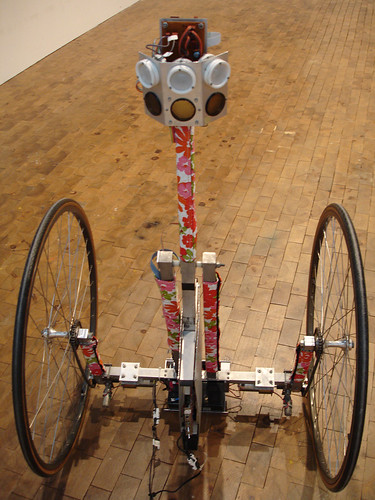 [video src=http://www.youtube.com/watch?v=aBkm9mUkRMM]
[video src=http://www.youtube.com/watch?v=aBkm9mUkRMM]
 [1]
[1]
Biennale.py
In the 2001 Venice Biennale the European Net Art Collective 0100101110101101.ORG, in collaboration with epidemiC, another group known for its programming skills released “Biennale.py”, which is bo
Net Art Generator
Web-based computer program to collage material from the Net.
Slow-ScanTV (SSTV)
“Equipment: SSTV Transceiver
Female Extension

Hacking the first competition on net.art
End Around

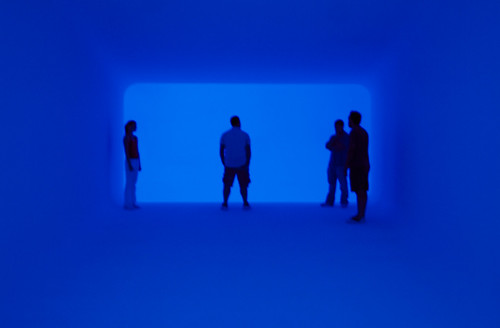 [1]
[1]
Metabody
George Waterman III commissioned MetaBody in 1996, leading to its rise onto the web on MayDay, 1997, in the teeth of a censorial wave here.
Barbie Liberation Organization

The World’s First Collaborative Sentence
In 1995, the Whitney Museum acquired its first work of Internet art, Douglas Davis’ The World’s First Collaborative Sentence.
Three Gems
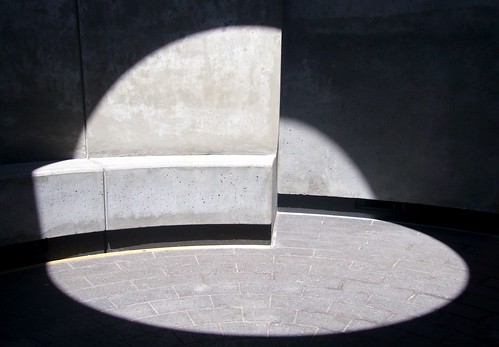
 [1]
[1]
Satellite Arts Project

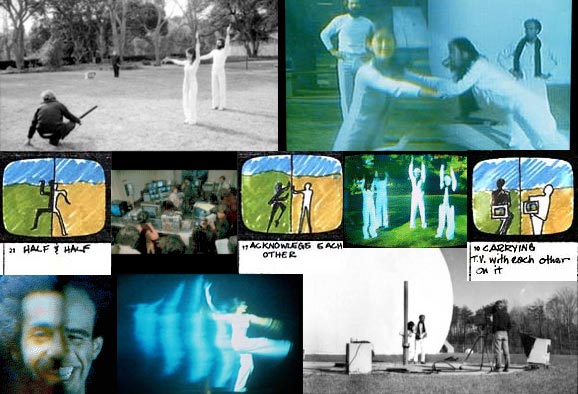
Alta Blue

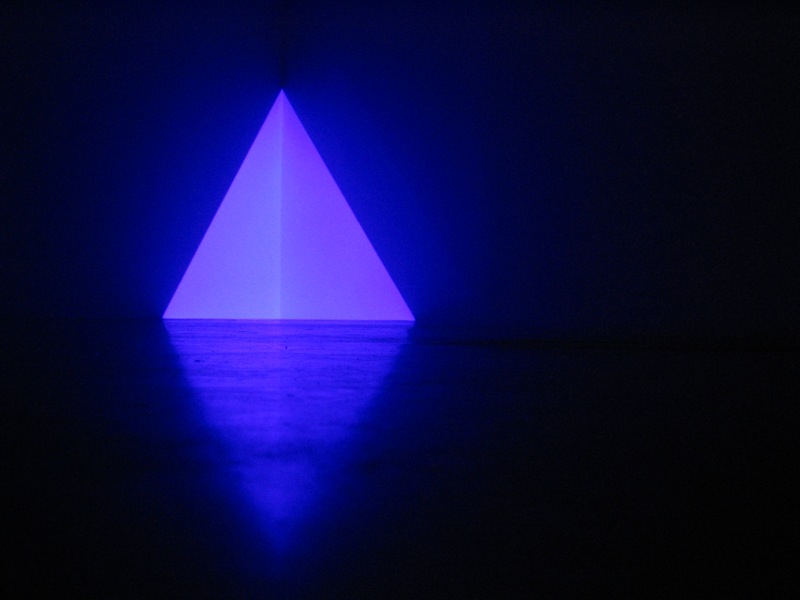 [1]
[1]
Hole in Space
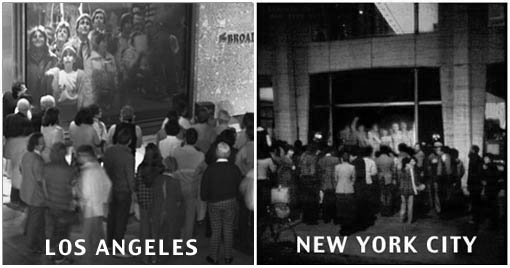
HOLE-IN-SPACE was a Public Communication Sculpture.

